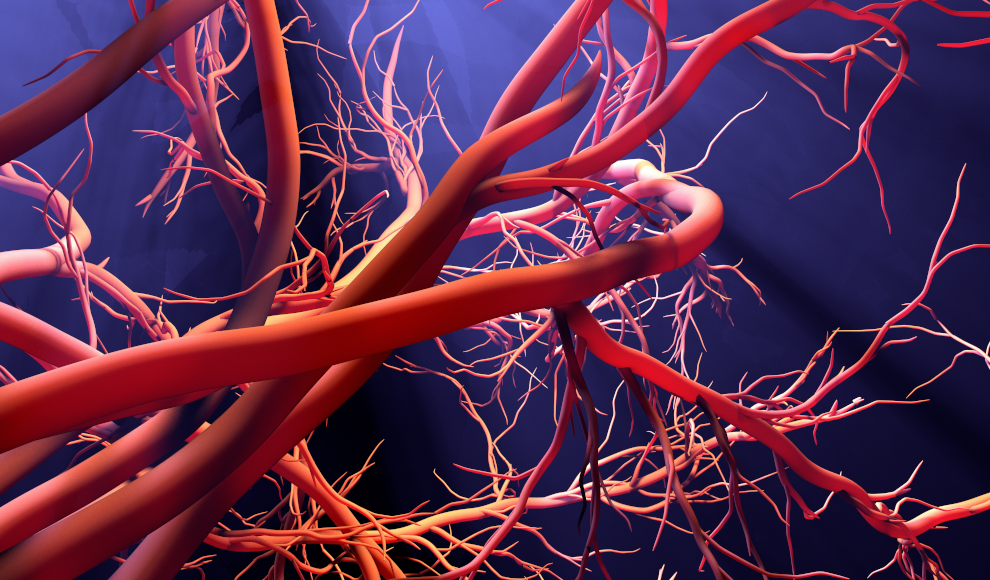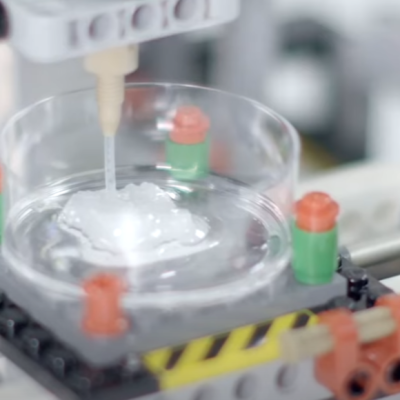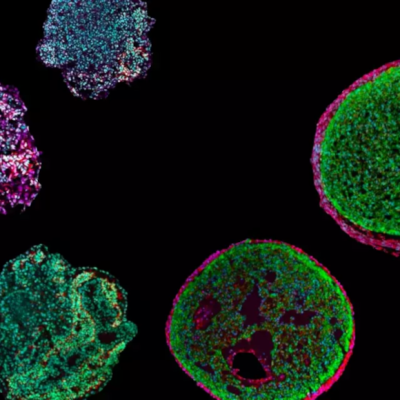A new method has been developed by scientists at the University of Melbourne that can produce blood vessels from human tissue quickly and cost-effectively. These artificial blood vessels can be used to replace small veins that were previously difficult to treat. Blood vessels play a vital role in transporting oxygen-rich blood and essential nutrients throughout the body while removing toxins. Malfunctions and diseases of blood vessels can be life-threatening and lead to heart attacks, strokes, and other health problems.
Researchers have been trying to perfect tissue engineering of blood vessels for many years. Current methods are slow, require specialized and expensive equipment such as bioreactors, and have a low throughput rate, making it difficult to meet the demand for constructed vessels. The new method combines various materials and manufacturing technologies, making it possible to create artificial blood vessels with complex geometries that resemble natural blood vessels.
The new tissue-engineered blood vessels made from human cells and tissues can also be used to replace small veins. This breakthrough could provide a solution for cardiovascular diseases, especially for patients who lack suitable donor vessels. The new method can produce blood vessels from living tissue that has suitable mechanical properties and mimics the cellular orientation of the innermost layer of blood vessels. This development could revolutionize the treatment of heart and circulatory diseases, providing a blood supply for larger tissues.
In conclusion, the new method developed by the University of Melbourne could be a game-changer in the field of tissue engineering. The ability to produce blood vessels from human tissue quickly and cost-effectively could provide a solution for cardiovascular diseases, especially for patients who lack suitable donor vessels. The new method could also revolutionize the treatment of heart and circulatory diseases, providing a blood supply for larger tissues.










